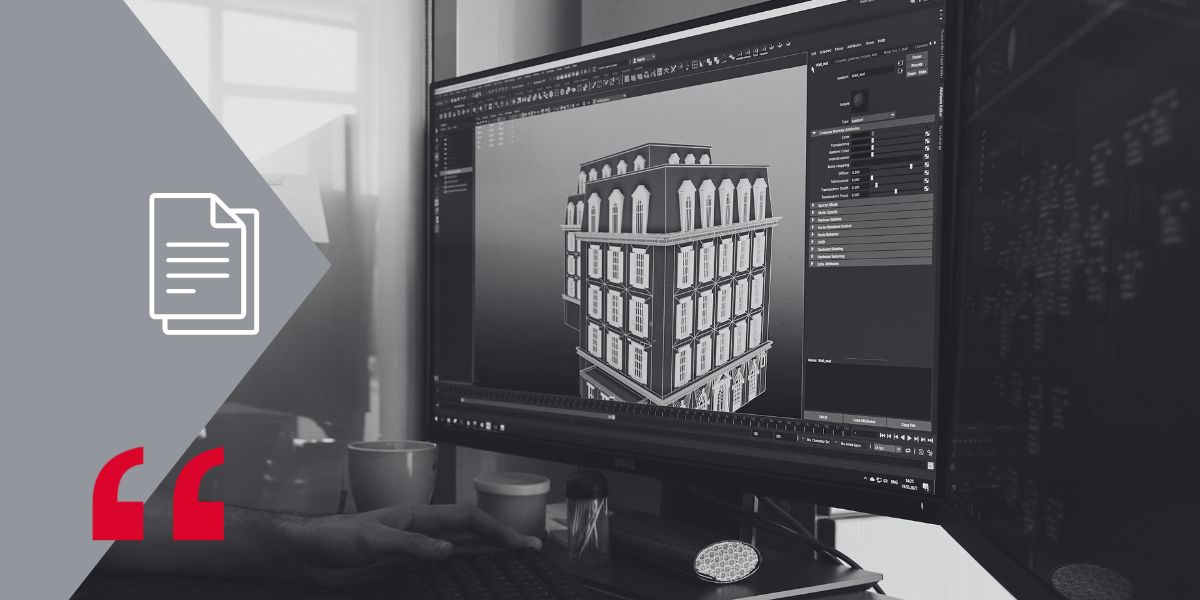The BIM (Building Information Modeling) technology is revolutionizing various sectors of construction and engineering, including public address systems. This working method allows for the creation and management of information for a construction project through a digital model. In this article, we will explore how BIM files in public address systems are transforming project management, improving efficiency, accuracy, and collaboration among the different stakeholders involved.
What is BIM and its importance in public address systems
BIM, or Building Information Modeling, is a model-based process that provides architecture, engineering, and construction (AEC) professionals with the tools they need to plan, design, construct, and manage infrastructure and buildings more efficiently. In the context of public address systems, BIM allows for the integration of sound systems into building models from the early stages of design.
Benefits of using BIM files in public address systems
The use of BIM files in public address systems offers multiple benefits, including:
- Design accuracy: BIM models provide a precise representation of public address systems, facilitating the identification of potential conflicts and design optimization.
- Improved collaboration: By using a shared model, all project stakeholders can access the same information, improving coordination and reducing errors.
- Cost reduction: Early problem detection and precise planning help avoid cost overruns.
- Project management efficiency: BIM facilitates project planning and tracking, enhancing time and resource management.
Applications of BIM in public address system projects
The implementation of BIM in public address system projects covers various phases and applications:
Design and planning
During the design phase, BIM enables the creation of detailed models of public address systems, including the placement of speakers, microphones, and other components. This facilitates the visualization of the system within the building context and allows for adjustments before construction.
Coordination and collaboration
In large-scale projects, coordination among different disciplines is crucial. BIM allows public address system teams to collaborate closely with architects, engineers, and other professionals, ensuring that sound systems are properly integrated with other building elements.
Construction management
During construction, BIM models are used to guide the installation of public address systems, ensuring that specifications are followed and errors are minimized. Additionally, these models can be updated in real-time to reflect any changes in the project.
Maintenance and operation
Once the project is completed, BIM models serve as a valuable tool for the maintenance and operation of public address systems. The information contained in the model can be used to plan maintenance, carry out repairs, and manage future system upgrades.
Success stories in the use of BIM in public address systems
There are numerous success stories demonstrating the benefits of using BIM in public address systems. For example, in large sports facilities and auditoriums, BIM has enabled precise planning of sound systems, enhancing the end-user experience and optimizing the space’s acoustics.
Conclusion
The implementation of BIM files in public address systems is transforming how sound projects are managed, offering significant benefits in terms of accuracy, collaboration, and efficiency. As BIM technology continues to evolve, its adoption in the public address sector is likely to grow, providing new opportunities to improve the management and operation of sound systems.





